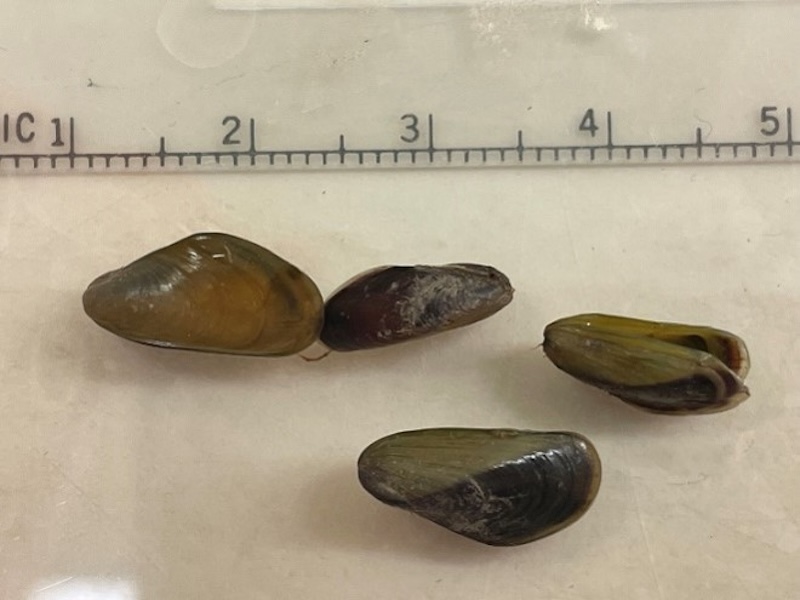Its appearance in the Sacramento-San Joaquin Delta is the mussel’s first confirmed detection in North America, according to a news release from the California Department of Fish and Wildlife.
It’s also very possibly just the beginning of a long battle ahead to slow its spread. The top concerns at the moment include potential impacts to the environment and to the Delta pumping stations that send water to 30 million people and millions of acres of farmland.
Unless it is contained and eliminated immediately, said UC Davis biologist Peter Moyle, there might be no getting rid of it.
“If we’re lucky, and we stage a real eradication effort in the area where it’s presently found, it might not be too costly and would be worth it,” he said.
But if such efforts fail, it could become a major problem for native species that the mussels outcompete for food.
The Department of Fish and Wildlife is already considering these worst-case outcomes.
“The species poses a significant immediate threat to the ecological health of the Delta and all waters of the state, water conveyance systems, infrastructure and water quality,” staff officials wrote.
The Department of Water Resources is already conducting vessel inspections in the hopes of preventing spread of the mussels. In the San Luis State Recreation Area, officials have been inspecting watercraft exiting O’Neill Forebay, San Luis Reservoir, and Los Banos Creek Reservoir, said Tanya Veldhuizen, the department’s special projects section manager. The inspections are to “ensure all water is drained from live wells and bilges to prevent spread of invasive species to other water bodies.”
The department, she said, is also taking heightened measures to protect the State Water Project — the system of pumps, pipes, and canals that exports water south from the Delta. This enhanced vigilance to mitigate “mussel biofouling,” she said, requires more frequent inspections, as well as cleaning and flushing. The mussels, she said, are likely to build up in screens, strainers, and trash racks.
A native of China and Southeast Asia, the golden mussel — taxonomically Limnoperna fortunei — fixes itself to underwater surfaces, forming thick “reefs” built of millions of the animals. They feed by filtering nutrients and plankton from the water and, by this passive action, can have devastating impacts. Essentially, they filter the nutrition out of the native food web. In Argentina and southern Brazil, where golden mussels appeared in the 1990s, they have pushed out other species and smothered river beaches and native vegetation. Scientists have watched them spread north as rapidly as 150 miles per year, and they fear the invaders will find their way into the world’s largest river system and the hottest hotspot of biodiversity on Earth, the Amazon basin.
They’ve also wreaked mayhem with underwater infrastructure, from hydroelectric plants to water supply systems. The mussels, for example, reportedly clogged the intake pipes of an urban water supply system in Brazil’s Lake Guaíba.
No one can be certain how the mussels got to California, but sources suspect they arrived the same way they are believed to have traveled to South America — in the bowels of commercial ships, where ballast water used to stabilize vessels at sea is often drained in the port of arrival.
Not everyone is particularly surprised, either. Moyle, for one, said he’s been expecting the golden mussel to arrive in the state for years. The California Delta, he noted, has been described as one of the most invaded estuaries in the world. It has been colonized by at least 185 foreign species, from Himalayan blackberries and fig trees to black bass, striped bass, and water hyacinth. According to one estimate, invasive species account for an astounding 95% or more of the estuary’s total biomass. The nutria — a large water-loving rodent from South America — has spread through the estuary in recent years amid concerns that it could, among other things, damage levees with its burrows.

